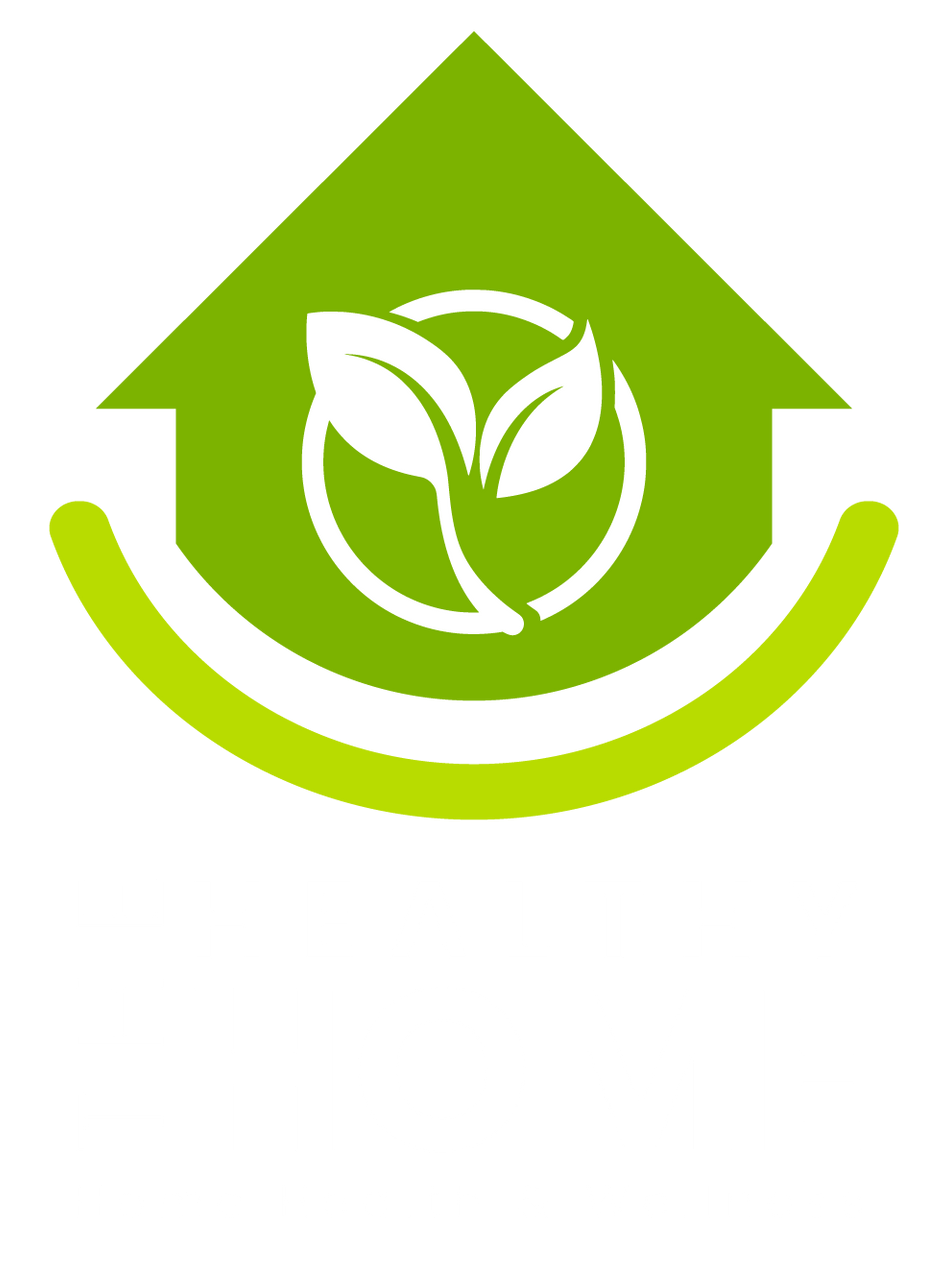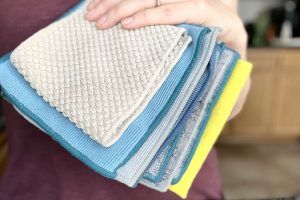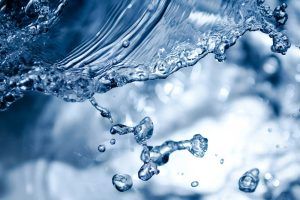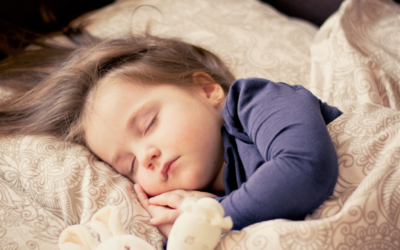Phone: (305) 281-1070
Email: pat@patmchin.com

Phone: (305) 281-1070
Creating a Healthy Home: A Comprehensive Guide to Reducing Chemical Exposure…
Creating a Healthy Home: A Comprehensive Guide to Reducing Chemical Exposure…
A healthy home is essential for the well-being of our families. With an increasing number of toxic chemicals found in everyday household products, it’s crucial to take steps to minimize exposure and create a naturally clean living environment. This comprehensive guide will walk you through the potential dangers of chemicals in your home and provide practical solutions for reducing your exposure.
The Importance of a Healthy Home
Our homes should be a sanctuary, a safe space for us and our loved ones. However, many common household items contain potentially harmful chemicals that can negatively impact our health. Research has shown that exposure to certain chemicals can lead to acute symptoms such as skin irritation, headaches, and respiratory issues. Long-term exposure may even result in chronic diseases, hormonal imbalances, and cancer. By creating a healthy home, we can protect our families and ourselves from these potential health risks.
Common Household Chemicals and Their Effects
Numerous chemicals can be found in everyday household items. These chemicals can pose health risks when used inappropriately or in excessive amounts. Some of the most common household chemicals include:
Asbestos
Asbestos is a heat-resistant mineral that was once used in building materials, insulation, and other products. Although its use has declined, asbestos may still be present in older homes or in small amounts in certain materials. Asbestos fibers can be inhaled and accumulate in the body, causing inflammation, scarring, respiratory diseases, and cancer. If your home contains asbestos, it’s crucial to have it professionally removed to minimize exposure.
Benzyl Benzoate
Benzyl benzoate is an insecticide used to kill lice and scabies. It’s also found in food additives, fragrances, and plastics. This chemical is a suspected neurotoxin, so it’s essential to minimize exposure whenever possible.
Bisphenol-A (BPA) and Bisphenol-S (BPS)
BPA and BPS are used to make hard, transparent plastics like polycarbonate, which is found in baby bottles and food can linings. These chemicals are endocrine disruptors and can lead to obesity, reproductive cancers, and infertility. Opt for BPA-free and BPS-free products to minimize exposure.
DEHP
DEHP is a common phthalate used as a plasticizer in PVC plastics and hydraulic fluids. It can leach into food and water and may cause damage to the reproductive organs, lungs, kidneys, liver, and fetuses.
Endocrine Disruptors
Endocrine disruptors are chemicals that interfere with the hormone-regulating endocrine system. They can cause reproductive damage and have been implicated in reproductive system cancers. Examples of endocrine disruptors include certain fragrances, pesticides, and stain-resistant coatings.
Formaldehyde
Formaldehyde is a colorless, flammable gas used in building materials, textiles, cosmetics, and home goods. It’s a carcinogen and suspected gastrointestinal, immune, nerve, reproductive, respiratory, and skin toxicant. Minimize exposure by choosing products without formaldehyde.
Lead
Lead is a neurotoxin that can cause brain damage, behavioral issues, and other health problems. It can be found in old paint, pipes, toys, and makeup. There is no safe dose of lead, so it’s crucial to remove any potential sources of exposure.
Polybrominated Diphenyl Ethers (PBDEs)
PBDEs are used as fire retardants in various household items, including foam furniture, carpet padding, and electronics. They can accumulate in the body over time and have been associated with tumors, delayed brain development, and thyroid issues.
Parabens
Parabens are preservatives found in pharmaceuticals and cosmetics, including toothpaste, shampoo, and moisturizers. These chemicals are endocrine disruptors and have been linked to cancer. Choose paraben-free products to minimize exposure.
Phthalates
Phthalates are softening agents used in plastics and beauty products. They have been identified as endocrine disruptors and may cause liver and kidney lesions, increased cancer risk, and exacerbate asthma and allergies in children.
Per- and Polyfluoroalkyl Substances (PFAs) and Perfluorinated Chemicals (PFCs)
PFAs and PFCs are chemicals used in the manufacturing of nonstick cookware, stain-resistant clothes and carpet, and water-repelling products. These chemicals can accumulate in the body and lead to cancer, heart disease, and immune system damage.
Volatile Organic Compounds (VOCs)
VOCs are chemicals that evaporate into the air and react with sunlight, polluting indoor air. They can cause eye, nose, and throat irritation, as well as cancer, liver damage, kidney damage, and nervous system problems in the long term. VOCs pose a particular risk to infants and fetuses.
Creating a Naturally Clean Home
By understanding the potential dangers of household chemicals, you can take steps to create a naturally clean home. Here are some practical solutions for reducing your exposure to harmful chemicals:
Choose Safe Cleaning Products
Opt for cleaning products that are free of harmful chemicals, such as those with the “Safer Choice” label from the U.S. Environmental Protection Agency (EPA). You can also make your own natural cleaning solutions using ingredients like vinegar, baking soda, and lemon juice.
Store Chemicals Safely
Always store chemicals in their original containers and out of reach of children. Follow the instructions for use and storage, and use protective equipment like gloves and safety goggles when necessary.
Dispose of Chemicals Properly
Some household chemicals require special disposal methods. Contact your local waste management facility or environmental health officer for guidance on disposing of chemicals safely.
Minimize Dust and Indoor Air Pollution
Regularly clean your home to reduce dust levels and improve indoor air quality. Use a vacuum cleaner with a HEPA filter, and change air filters in your HVAC system as recommended. Open windows to allow fresh air circulation and consider using an air purifier.
Choose Safer Household Items
When purchasing new items for your home, opt for products made from natural materials and free of harmful chemicals. Look for furniture filled with cotton, polyester, or wool instead of polyurethane foam, and choose non-toxic paints, finishes, and building materials.
Educate Yourself and Make Informed Decisions
Awareness is key to creating a healthy home. Research the ingredients in the products you use and make informed decisions when purchasing new items. By staying informed, you can protect your family’s health and create a naturally clean living environment.
Creating a healthy home is essential to protect the well-being of our families. By understanding the potential dangers of household chemicals and taking steps to minimize exposure, you can create a naturally clean living environment. By choosing safer products, storing and disposing of chemicals responsibly, and maintaining a clean home, you can ensure a healthier and happier home for you and your loved ones.
We Help Families Live with Less Chemicals!
Nikken
- KENKO AIR – Multi-stage filtration offers effectiveness and superior performance—also emits negative ions to help us maintain balance.
- PIMAG® WATER – NIKKEN has developed the ideal system to restore the balance and the natural environment to our body
- & More
> Shop Now
Norwex
- MICROFIBER PRODUCTS – Healthier homes with fewer harmful chemicals, less plastic and less worry.
- KITCHE, BATH, & LAUNDRY PRODUCTS
- & More
> Shop Now
Contact Pat for a free consultation!
Join / Shop… Nikken
Norwex










